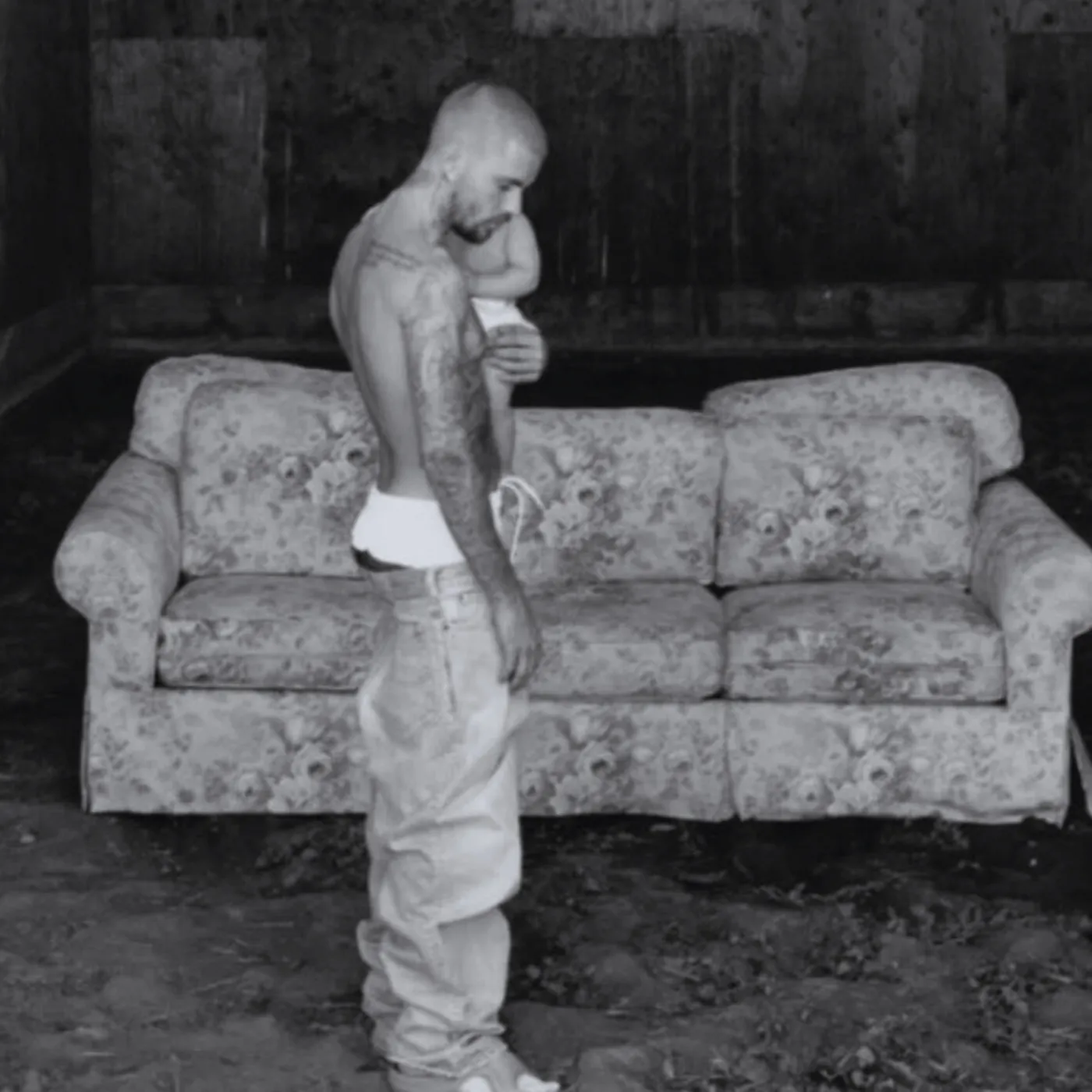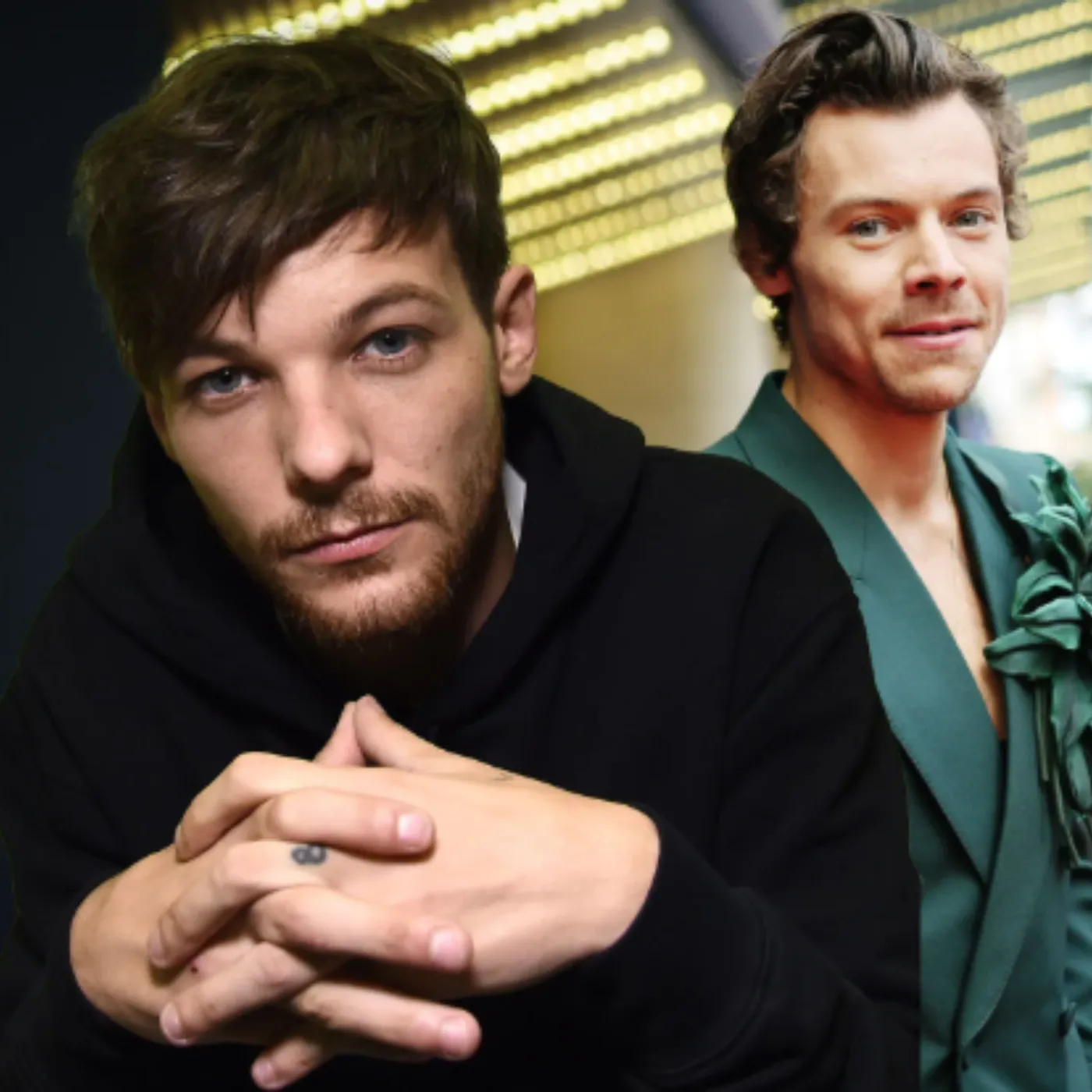

Justin Bieber Unleashes ‘SWAG’ in a No-Rules Era of Sound and Chaos
It’s officially Justin Bieber season again. As of this week, the Canadian superstar is dropping his long-hyped seventh studio album, boldly titled “SWAG.”

Set to launch this Friday, July 11, SWAG already has fans in a frenzy, industry insiders making predictions, and social media groups locked in heated debates.
Why? Because this isn’t just another Bieber album. It’s Justin Bieber making a high-stakes play for dominance in an industry that’s more crowded, more fragmented, and more cutthroat than ever.
With features from Gunna, Sexyy Red, and Cash Cobain, this record reads like a high-risk, high-reward bet on the sound of 2025. It’s part trap, part pop, part rap, and part hype beast fantasy—all wrapped in Justin Bieber’s carefully maintained celebrity brand.
But beyond the album art, influencer campaigns, and pre-order bundles lies something more raw, more chaotic, and arguably more revealing.
This is Justin Bieber at a crossroads.
And it’s exactly why everyone—from die-hard Beliebers to casual listeners to relentless critics—can’t look away.
A New Era or a Last Stand?
Justin Bieber isn’t new to reinvention. Over the last 15 years, he’s transformed from teen heartthrob to troubled tabloid magnet to “serious” artist to settled-down pop star.
He’s released everything from pure pop bangers to moody acoustic sets to genre-hopping collabs. But with SWAG, there’s a feeling that this is the most overtly calculated move in years.
It’s also the most polarizing.
Even before the official tracklist dropped, leaked snippets and feature rumors were lighting up Twitter/X, Facebook groups, and Reddit threads.
Gunna brings street credibility and Atlanta-trap swagger.
Sexyy Red injects viral chaos and unfiltered energy that’s been a trending topic for months.
Cash Cobain adds New York underground heat with a rawer edge.
Put simply, Justin Bieber isn’t playing it safe. He’s inviting chaos. He’s aligning with artists who spark debate, command social media attention, and don’t come with a prepackaged, family-friendly vibe.
It’s bold. It’s divisive. And it’s designed for one thing above all: attention.
The Art of the Viral Collab
If there’s one truth in modern pop, it’s that features sell.
Look at the last decade: superstar collabs drive playlist placement, expand audience demographics, and dominate TikTok trends.
Justin Bieber knows this better than anyone. Remember “STAY” with The Kid LAROI? That song didn’t just chart; it was a global cultural moment.
SWAG seems tailor-made to replicate that success—only louder, grimier, and even more unapologetically engineered for maximum reach.
But while fans are hyped for these collabs, there’s a vocal camp that sees them as desperate.
“He’s chasing trends.”
“He’s lost his own voice.”
“This isn’t the Justin we grew up with.”
That tension is exactly what makes this release fascinating.
The Marketing Blitzkrieg
Anyone thinking SWAG would drop quietly has been living under a rock.
For weeks, Bieber’s team has been seeding cryptic posts, teasing studio sessions, and leaking carefully timed feature confirmations.
Influencers with millions of followers got early listens and posted cryptic reaction videos.
Pop culture sites ran speculative tracklists for weeks.
Music blogs broke down production credits like they were doing forensic analysis.
This wasn’t organic buzz—it was manufactured virality, executed at a masterclass level.
But here’s the twist: even the people calling it fake or forced…are talking about it.
In the attention economy, negative hype is still hype.
The Sound of ‘SWAG’: Chaotic or Cutting Edge ?
Insiders who heard advance cuts describe SWAG as a genre-bending mess—but whether that’s an insult or a compliment depends on who you ask.
Tracks apparently swing from trap-heavy beats with Gunna to club-ready, raunchy anthems with Sexyy Red to brooding, drill-influenced New York production with Cash Cobain.
For traditional pop listeners, it’s jarring. For younger fans raised on Spotify shuffle culture, it’s exactly what they want.
One thing’s clear: SWAG isn’t trying to be tasteful or safe. It’s here to be loud, messy, and viral.
Which makes perfect sense. In 2025, subtlety doesn’t sell.

Social Media’s Verdict: Divided and Obsessed
Log onto Facebook or X right now, and you’ll see it:
🔥 “This is Bieber’s best since Purpose!”
💥 “He’s embarrassing himself trying to stay relevant.”
🔥 “Gunna’s verse is fire!”
💥 “This is manufactured trash.”
If you want to understand how pop marketing works in the 2020s, look at these comment sections.
Controversy is the strategy. Engagement is the goal.
Bieber doesn’t need everyone to love SWAG. He just needs everyone to talk about it.
The Gunna Factor
One of the most talked-about elements of SWAG is the Gunna feature.
Gunna is one of trap’s most consistent hitmakers, with a fanbase that lives on streaming platforms.
His presence on a Bieber album isn’t random—it’s a deliberate bid to break genre walls and pull in an audience that might not have checked for Bieber since 2015.
It also signals Bieber’s willingness to get gritty. Gunna’s style is sleek but street-savvy, and it adds credibility (or at least controversy) to a project that could have easily been dismissed as pop fluff.
Sexyy Red’s Chaos Factor
If Gunna brings trap prestige, Sexyy Red brings unpredictable, viral-friendly chaos.
In 2025, Sexyy Red is one of the most polarizing figures in music. She’s raw, unfiltered, and unapologetically designed for meme culture.
Including her isn’t safe. It’s not subtle. It’s not even guaranteed to be musically smooth.
But it’s guaranteed to get attention.
And in the hyper-competitive streaming world, that’s worth more than critical approval.
Cash Cobain’s Street Edge
Cash Cobain rounds out the feature list with a darker, underground New York vibe that feels less like a chart move and more like Bieber trying to claim authenticity points.
For years, Bieber has been accused of cherry-picking sounds without understanding the culture behind them.
Bringing in Cash Cobain is either a sign he’s listening more carefully—or a cynical attempt to fend off those accusations.
Either way, it makes the album messier. More interesting. And definitely more talkable.
Behind the Scenes: The Cost of Staying Relevant
It’s easy to see SWAG as pure strategy.
But there’s also something human—and slightly desperate—about it.
Justin Bieber is 30 now. That’s not ancient in pop, but it’s old enough that Gen Z sees you as part of their childhood, not their present.
He’s married. He’s been through highly publicized personal struggles. He’s not the wide-eyed 16-year-old from “Baby.”
SWAG feels like an answer to that. A way of screaming, I’m still here. I still matter. I can still own your playlist.
It’s part ego. Part insecurity. All very real.
What the Industry is Saying
Insiders are already predicting monster first-week streaming numbers.
Spotify playlists are reportedly locked in.
TikTok influencers have heard snippets to prep choreo.
Radio programmers are debating which single to lead with.
Labels know what they have here: a guaranteed conversation starter.
Will critics pan it? Almost certainly.
Will fans fight over it? That’s the plan.
Will it chart? Without a doubt.
Legacy on the Line
For Bieber, SWAG isn’t just another album.
It’s a statement about his place in 2025’s pop landscape.
Does he play it safe and risk irrelevance? Or does he take the risk of sounding messy, crass, or even desperate—just to stay part of the conversation?
With SWAG, he chose the latter.
The Verdict So Far
Early reactions are split.
Some call it his boldest move since Purpose.
Others say it’s a train wreck engineered for TikTok.
And that divide is the point.
In an era when virality matters more than radio hits, when playlists shape culture more than critics do, controversy is currency.

Final Thoughts: Pop’s Most Calculated Gamble?
As SWAG finally hits streaming platforms this Friday, one thing’s clear: Justin Bieber knows exactly what he’s doing.
He’s embracing the chaos. Betting on the algorithms. Gaming the system he helped build.
And no matter what you think of the music, he’s making sure you can’t ignore him.
That’s pop in 2025.
And Justin Bieber is still playing the game better than almost anyone.


















